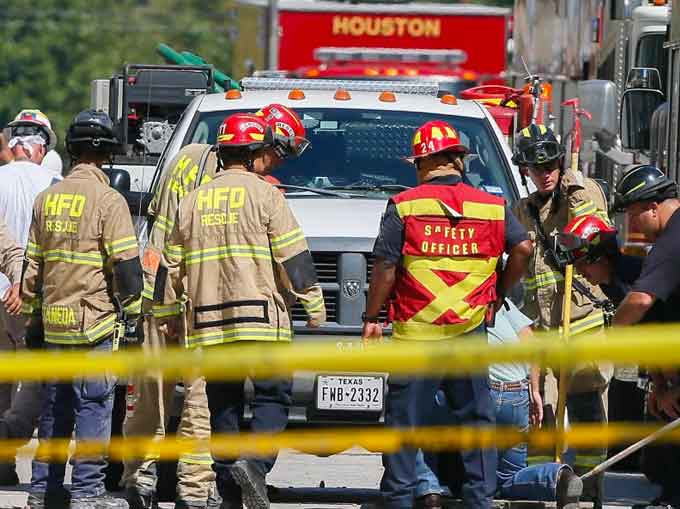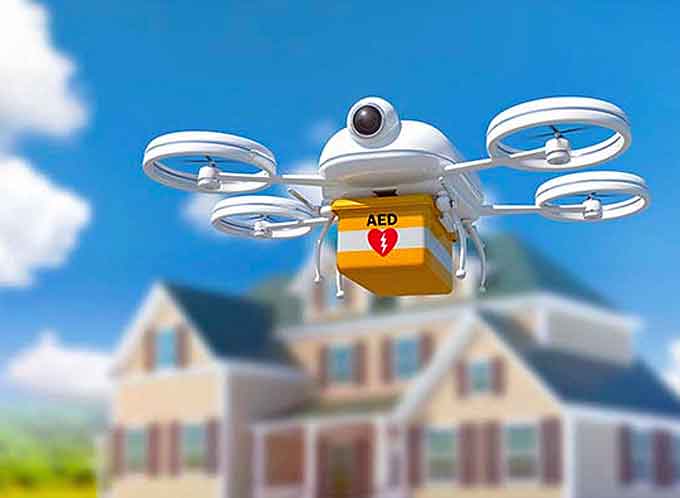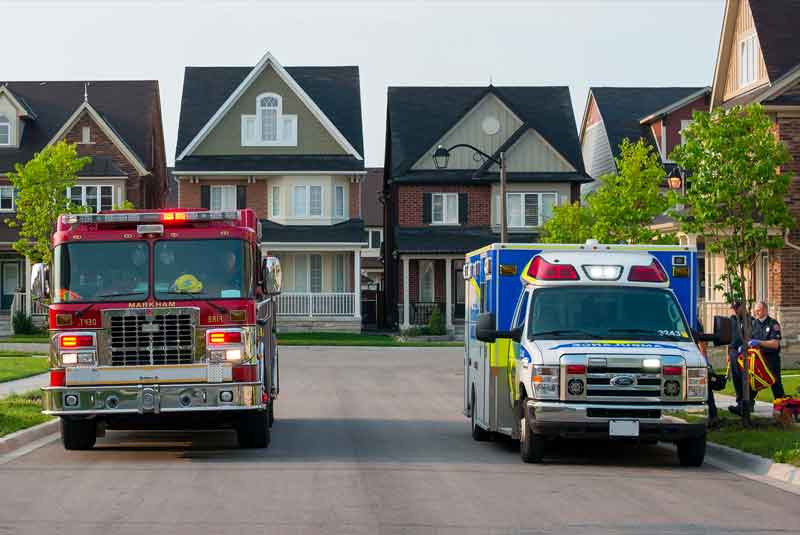
By the U.S. Fire Administration
The American Heart Association estimates that there are more than 356,000 out-of-hospital cardiac arrests (OHCA) annually and that about 90 percent are fatal.
Reducing response times to OHCAs and ensuring quicker initiation of CPR and defibrillation is critical to saving lives.
Some studies show response times decrease when trained and equipped firefighters or police are dispatched with EMS.

But how significant is the time difference between when a fire unit arrives and when EMS does?
Can the earlier intervention by trained firefighters really contribute significantly to a positive outcome?
A recent study1 involving the Houston Fire Department evaluated the survivability outcomes when EMT-trained firefighters were dual-dispatched with EMS units.
It measured the return of spontaneous circulation in OHCA victims under a variety of conditions such as the type of heart rhythm, whether bystander CPR was conducted first, and whether the cardiac event was witnessed.
Study results
Fire apparatus arrived first on scene almost half (46.7 percent) of the time on OHCA calls and on average about 2 minutes before the first EMS unit arrived.
They beat EMS to OHCA cases by a median time of 1.5 minutes. These 1.5 minutes matter.

Consider this:
-
In instances where bystander CPR was performed, a 1.5 minute delay in EMS response led to a 20.1 percent decrease in the probability of attaining return of spontaneous circulation across all types of heart rhythms.
-
In the more common cases of ventricular fibrillation, that same 1.5 minute delay led to a 47.7 percent decreased probability of the return of spontaneous circulation.
Study takeaways
-
Dual dispatch of EMT-trained firefighters shortens response time and leads to a significant increase in the chance for survival.
-
It did not matter how soon the later arrival of the EMS unit occurred.
-
EMT-trained and equipped firefighters can make the difference by reducing the all-critical response time.
-
The Houston Fire Department used this study to justify to City of Houston leaders the continued use of dual dispatch.
-
The authors of this study believe that dual dispatch has the potential to achieve these same results in other large cities.
(FYI. The call was a code 500 or cardiac arrest. Usually EMS goes on scene of a call and then calls code 500 if they go into cardiac arrest. However this call fire was toned with EMS for the call. The call was an unresponsive elderly male. The reason they had to use the ladder was stated in a Livingston County News article. There was no way to get the Stryker up stairs as the area was too tight as the patient was on the second floor. They brought the male down by putting him in the ladder and preforming CPR as they did so. They loaded him into the ambulance preforming CPR the entire time. The ambulance did head “red” (lights and sirens) to the hospital. The male was an ex-Caledonia Fire District volunteer firefighter. Courtesy of Homer LCPDFR and YouTube. Posted on Jun 20, 2017.)
1Raun, L., Pederson, J., Campos, L., Ensor, K., Persse, D. (2018). Effectiveness of the dual dispatch to cardiac arrest policy in Houston, Texas. Journal of Public Health Management and Practice: 2018 Sep 11. doi: 10.1097/PHH.0000000000000836. [Epub ahead of print].
For further information, visit the U.S. Fire Administration website at https://www.usfa.fema.gov/index.html
Learn More…
(Sudden cardiac arrest during firefighting operations is a big concern; therefore, when the unthinkable happens, we have to be ready to provide the best care we can. We know that there are a few basic principles that underlie a successful resuscitation. Courtesy of Michael D. Herbert and YouTube. Posted on Oct 11, 2014.)















